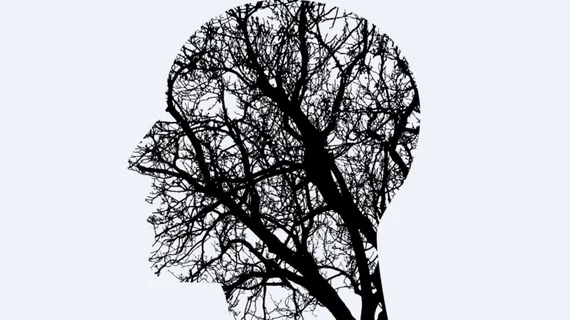Brain imaging’s important role in understanding suicide
Aaron Williams was 16 years old when he committed suicide on the campus of his Charleston, South Carolina, high school in 2010. It was only until after the tragedy that neuroimaging revealed multiple lesions in his brain.
A new story from the Post and Courier recounted Williams’ death, rising suicide numbers and how brain imaging is beginning to help scientists identify why these deaths occur and ultimately how to address them.
Thanks to such technologies as fMRI, researchers now know disorders like depression and anxiety are often a result of malfunctioning biology, rather than character flaws, according to the Post Courier.
However, most brain imaging research has been conducted in patients older than 21 years old, which means adolescents—who are especially vulnerable to suicide—remain somewhat of a mystery.
This hold in research is the “next frontier,” according to Mark George, MD, who opened the Brain Stimulation Lab at the Medical University of South Carolina in Charleston.
For some families, brain imaging may have been an important piece of the puzzle.
“There was biological proof that he (Aaron Williams) really, really struggled with something bigger than him,” his mother Beth said in the story. “It would have helped to know that what he was feeling wasn’t his fault.”
Read the entire story below.

